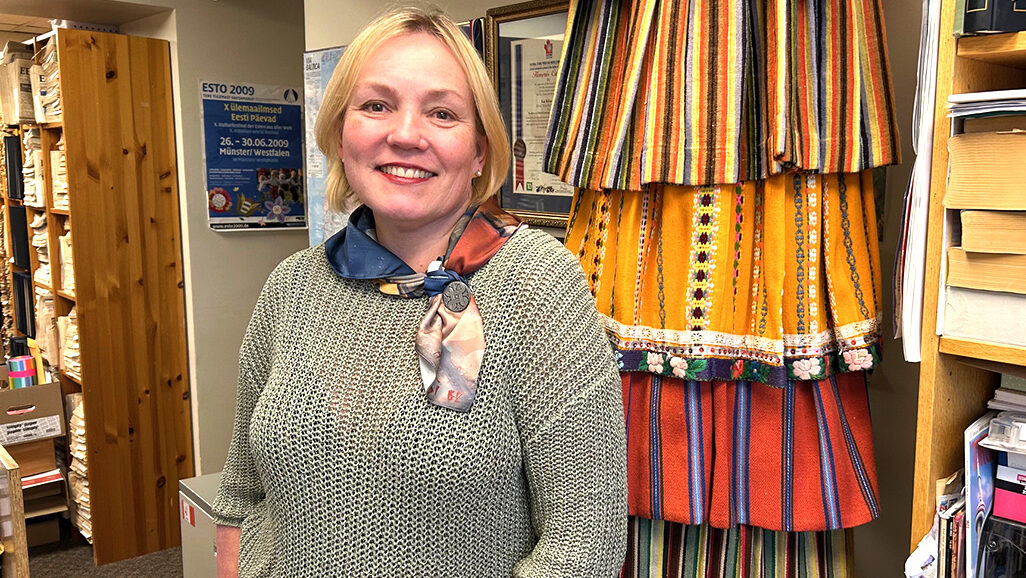Sponsored by the Linguistics and Languages Dept. at McMaster U., her lecture was titled “Interpreting Baltic women's life stories of the Soviet repressions”. Whether by design or by chance, the lecture was given between the anniversaries of the two main mass deportations in Estonia, March 21, 1949 and June 14, 1941.
Dr. Kurvet-Käosaar gave the gathered fascinating insights into the gathering, interpreting and publishing of women's accounts of the deportation experience. I was personally struck by two recurring elements in the lecture. Firstly, that the life stories need some “interpreting”. This stems of course from the fact that first hand accounts, recorded as they were happening in the form of diaries etc., are exceedingly rare. They were of course not allowed by the authorities. One couldn't be in any way critical of the regime. If found, such accounts were summarily destroyed. It is amazing that any diaries and such survived at all. Any letter correspondence surviving from that time period was heavily censored. People had to find creative ways of relaying news to make it past the censors, requiring the recipient to “read between the lines”, or interpret the words.
Efforts to gather stories after women returned from Siberia are relatively recent. Dr. Kurvet-Käosaar recounted the first concentrated wave, which occurred in the 1980's and was not an academic endeavour but rather the efforts of filmmakers who went door to door in Estonian villages, begging for people to record their stories and submit them. Now, there is an active media campaign, calling for submissions, which end up with Dr. Kurvet-Käosaar. This is partly where, again, “interpreting” comes into play. After all, the writers are recording their memories 40, 50, 60 years after the fact. The question of the validity of such accounts was raised, which the lecturer addressed in detail, affirming that they are indeed still valid but may require some interpreting.
(Read more from Eetonian Life no. 24, june 13, 2014)
Merike Koger




